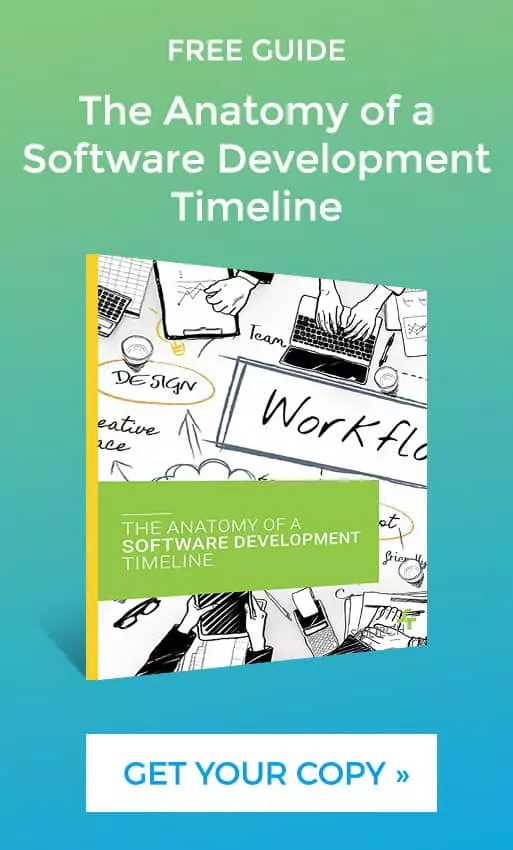
Design Sprint – How, What, Why?
By SOLTECH
A design sprint is a short series of workshops that help clients & designers create the look & feel and usability of a new product, or when introducing new features or services to an existing product.
Design sprints are also used for discovering the value your product will bring to its users before you invest the time and money into building the entire thing.
To accomplish these goals, we break our design sprints down into focus areas, allowing the designer and the client to deep dive into each aspect of what will make their product a success.
Who Participates?
- Client, shareholders, anyone with a vested interest
- UX designer
- Architect
- Engineer

Steps to a Successful Design Sprint
Defining Goals
To begin, you must first define the goals you have for your product. What is the objective for this new or redesigned product or feature? Whether you’re trying to update your brand, create a channel to better communicate with employees, or you’re just looking to get rich, setting goals up front sets the stage for a successful design sprint.
Communicating your goals to the development team and the stakeholders gets everyone on the same page. It allows your team to begin creating a path that leads to the completion of those goals.
User Profiles
The next step is to determine who the users will be. From the very beginning, your team should be crystal clear about who will use the product. What will the users find useful? Are they willing to pay for certain features? In their eyes, what are other products doing wrong?
Throughout the process, don’t lose focus on who this product is being built for. Sometimes our own bias, wants and needs can come to the surface, and if they differ from the users’, they should be shelved.
User Stories
User stories are short, simple descriptions of a feature told from the perspective of the user. A user story can be written, storyboarded or even recorded — audio or video. They are usually written out like this:
As a <perosona>, I’m looking for <feature> so I can <purpose>.
Don’t misinterpret the use of user stories, though! They cannot replace software requirements.
Prototyping
The final step in the design sprint process is prototyping. A prototype is a simulation or sample version of a final product, which is used for testing prior to launch. It can be almost anything, from a series of sketches representing different screens to a prelaunch interface.
Prototyping is essential for resolving usability issues before launch. It can also reveal areas that need improvement. Once a draft of your product idea is in front of you and your users, you’ll finally see how the product will be used in a real-life scenario. You can then go back and adjust your initial guesswork.

If you’re interested in learning more about how a design sprint can help you realize your software goals without all the risk, reach out to us. We’ve helped clients design and build custom-made software for nearly 20 years, and we’re here to help you, too.
Before you start making a list of product necessities, check out this free eBook on gathering great software requirements.



